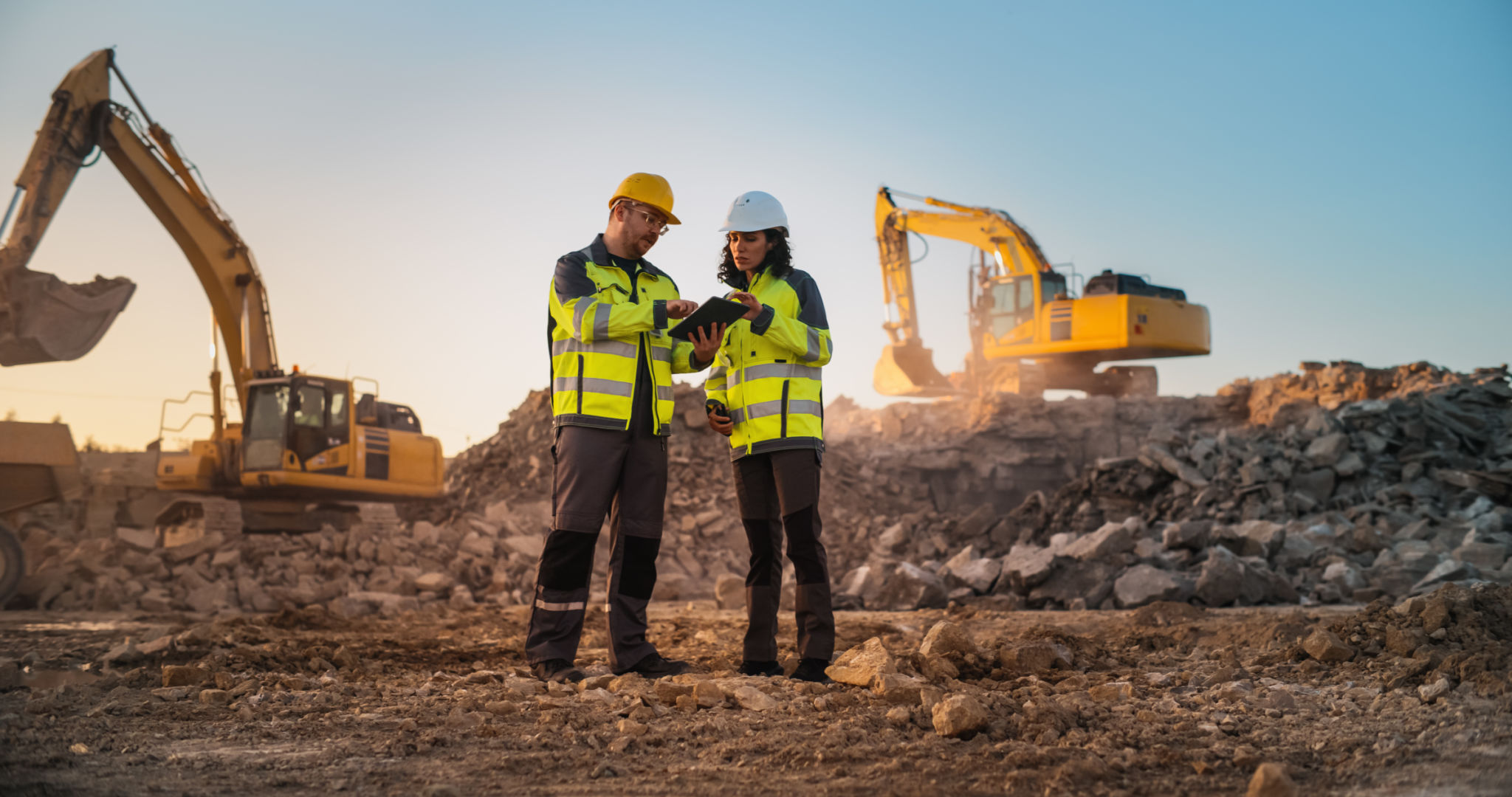Emerging Trends in AECO: What to Expect
Introduction to AECO Trends
The Architecture, Engineering, Construction, and Operations (AECO) industry is undergoing a significant transformation, driven by technological advancements and evolving market demands. As we move further into the digital age, it's crucial for professionals in this field to stay informed about emerging trends that could shape the future of their work.
From sustainable building practices to the integration of artificial intelligence, these trends are set to redefine how projects are planned, executed, and maintained. Understanding these developments can provide a competitive edge and help in delivering projects that meet modern standards.

Embracing Sustainable Practices
Sustainability is no longer a buzzword but a fundamental aspect of AECO practices. As environmental concerns grow, there's a heightened focus on reducing carbon footprints and creating energy-efficient structures. This trend is driving the adoption of green building materials, renewable energy sources, and sustainable design principles.
Professionals in the AECO industry are increasingly utilizing digital tools like Building Information Modeling (BIM) to design more sustainable buildings. BIM allows for enhanced collaboration and visualization, ensuring that sustainability is integrated from the project's inception.

Integration of Smart Technologies
The integration of smart technologies is revolutionizing the AECO industry. The use of Internet of Things (IoT) devices, sensors, and automation systems is enhancing the efficiency and functionality of buildings. Smart buildings can monitor and control various aspects such as lighting, temperature, and security, providing greater convenience and energy savings.
Moreover, artificial intelligence is being leveraged to optimize construction processes. AI can analyze large data sets to predict project outcomes, streamline logistics, and even assist in design decisions. As AI technology advances, its role in AECO will likely expand significantly.

Advancements in Modular Construction
Modular construction is gaining traction due to its ability to reduce construction time and costs while maintaining high-quality standards. This method involves prefabricating building sections off-site and assembling them on-site, which minimizes disruptions and enhances efficiency.
The trend towards modular construction aligns with the industry's push for sustainability as it often results in less waste and lower energy consumption. Additionally, this approach offers flexibility in design and can be particularly beneficial in urban areas where space is limited.
The Rise of Digital Twin Technology
Digital twin technology is another emerging trend transforming the AECO industry. A digital twin is a virtual representation of a physical asset or system that can be used for simulations and analysis. This technology allows stakeholders to monitor real-time performance and predict maintenance needs, ultimately improving asset management.
By creating accurate models of buildings and infrastructure, digital twins facilitate better decision-making and risk management throughout a project's lifecycle. As digital twin technology evolves, its applications are expected to expand, offering even more benefits to the AECO sector.

Conclusion
The AECO industry is poised for exciting changes as it embraces these emerging trends. By integrating sustainable practices, smart technologies, modular construction methods, and digital twin technology, professionals can enhance project outcomes while addressing contemporary challenges.
Staying informed about these trends will be essential for industry leaders aiming to innovate and thrive in an ever-evolving landscape. As these technologies continue to develop, they will undoubtedly open new possibilities and reshape the future of AECO.
